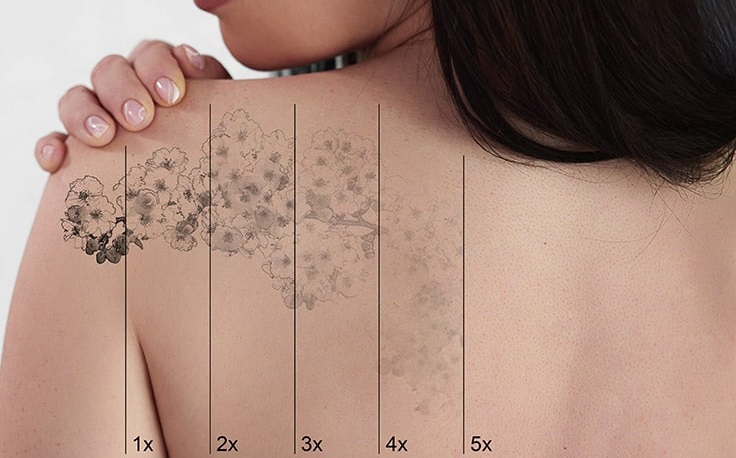Laser tattoo removal has become a leading solution for individuals who want to eliminate unwanted ink from their bodies. Whether it’s a name that no longer holds meaning or a faded piece from decades ago, many people wonder if older tattoos can be effectively removed. Thanks to advancements in laser technology, the answer is often yes. However, several factors come into play when treating tattoos that have been on the skin for a long time.
How Laser Tattoo Removal Works:
Laser Tattoo Removal in Dubai (إزالة الوشم بالليزر في دبي) works by delivering short pulses of intense light into the skin, targeting the pigment in the ink. The laser breaks down the ink particles into smaller fragments, which are then naturally flushed out by the body's immune system. Different wavelengths are used to treat various ink colors, and multiple sessions are usually required for optimal results. The technology has improved significantly over the years, making it more effective for both new and old tattoos.
The Nature of Old Tattoos:
Old tattoos differ from newer ones in several ways. Over time, the body may have already begun to break down some of the ink naturally, causing the tattoo to fade. This fading can be beneficial for removal, as there is less pigment to eliminate. However, older ink may have settled deeper into the skin or spread out more unevenly, which can influence how the laser interacts with it. Understanding the age of the tattoo can help determine the right treatment approach.
Factors That Affect the Removal of Old Tattoos:
Several elements impact how successfully an old tattoo can be removed. These include:
Ink Color: Black ink is typically easier to remove, while lighter colors such as yellow or green may require more sessions.
Ink Depth: Older tattoos might have pigment that has sunk deeper into the dermis, requiring more energy or specialized lasers.
Skin Type: Skin tone and type can affect how the skin absorbs laser energy and heals afterward.
Location of Tattoo: Tattoos on areas with better blood circulation (like the upper body) tend to fade faster than those on extremities.
Advantages of Removing Older Tattoos:
Removing an old tattoo can often be more successful than expected. Since older ink may have already faded naturally, fewer laser sessions might be needed compared to fresher, more saturated designs. Additionally, modern laser technologies like Q-switched lasers or picosecond lasers are more effective at targeting aged pigment, especially when customized to suit the individual's skin tone and ink type.
The Role of the Body’s Immune System:
The immune system plays a crucial role in the tattoo removal process. Once the laser breaks the ink into smaller fragments, the body’s lymphatic system works to eliminate these particles over time. With older tattoos, the immune system may have already cleared some of the ink, leading to a lighter starting point. This natural fading can actually complement laser treatments, making removal more efficient than with newer, heavily saturated tattoos.
Common Challenges with Old Tattoo Removal:
Despite many advantages, removing old tattoos isn’t without its challenges. The ink may have spread or blurred under the skin, making it harder to target precisely. In some cases, the ingredients in older inks can react differently under laser light, causing more variability in results. Scar tissue from poorly done tattoos or past attempts at removal can also complicate treatment. Nevertheless, with proper evaluation and technique, these challenges can often be overcome.
Conclusion:
Laser Tattoo Removal in Dubai (إزالة الوشم بالليزر) most cases,can effectively treat old tattoos. Faded ink, combined with the latest advancements in laser technology, offers a promising path toward clearer skin. While success depends on factors like ink color, skin type, and tattoo location, older tattoos are often more responsive to removal than people expect. With patience and proper aftercare, individuals can achieve excellent results—even for ink that’s been with them for decades.





Comments